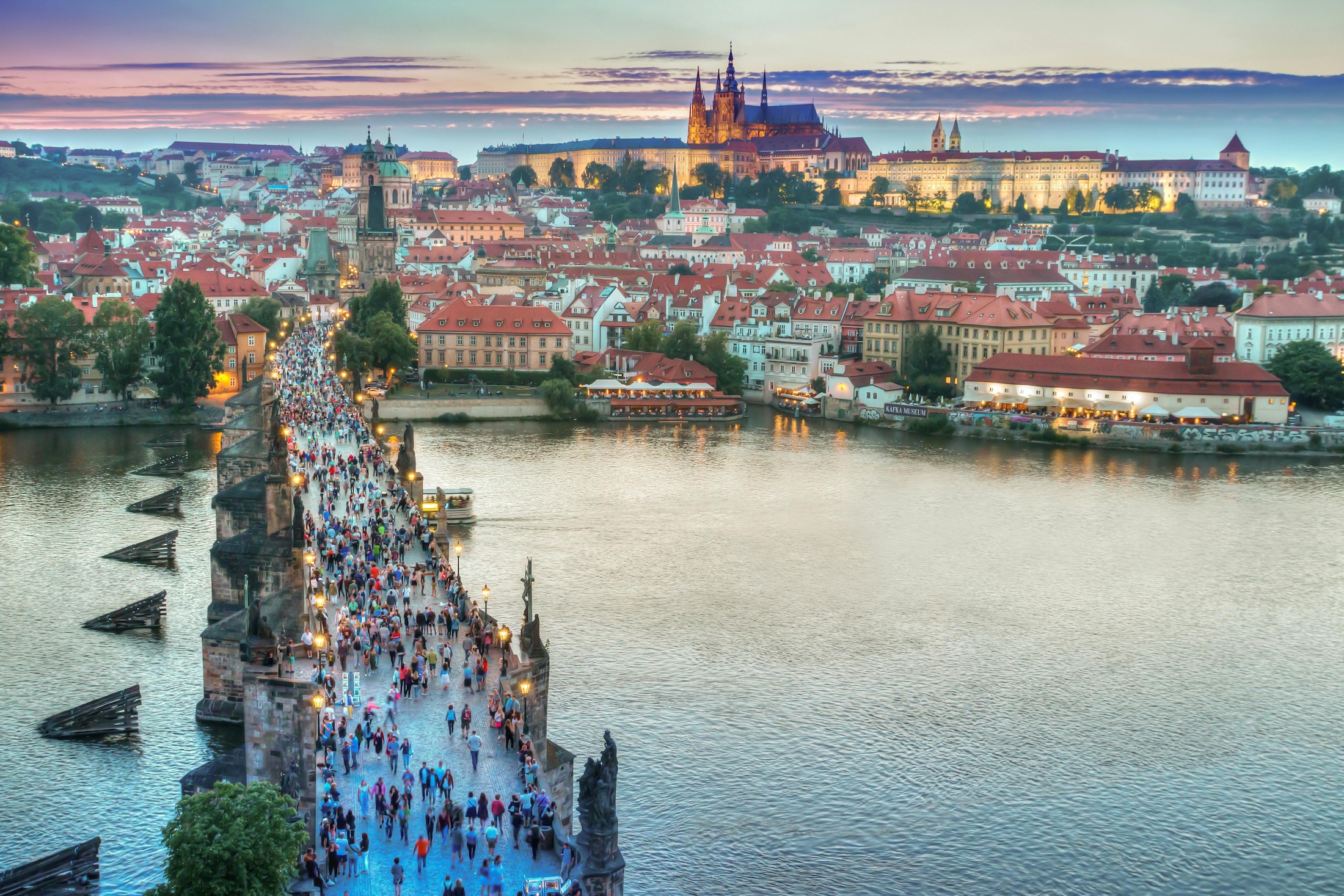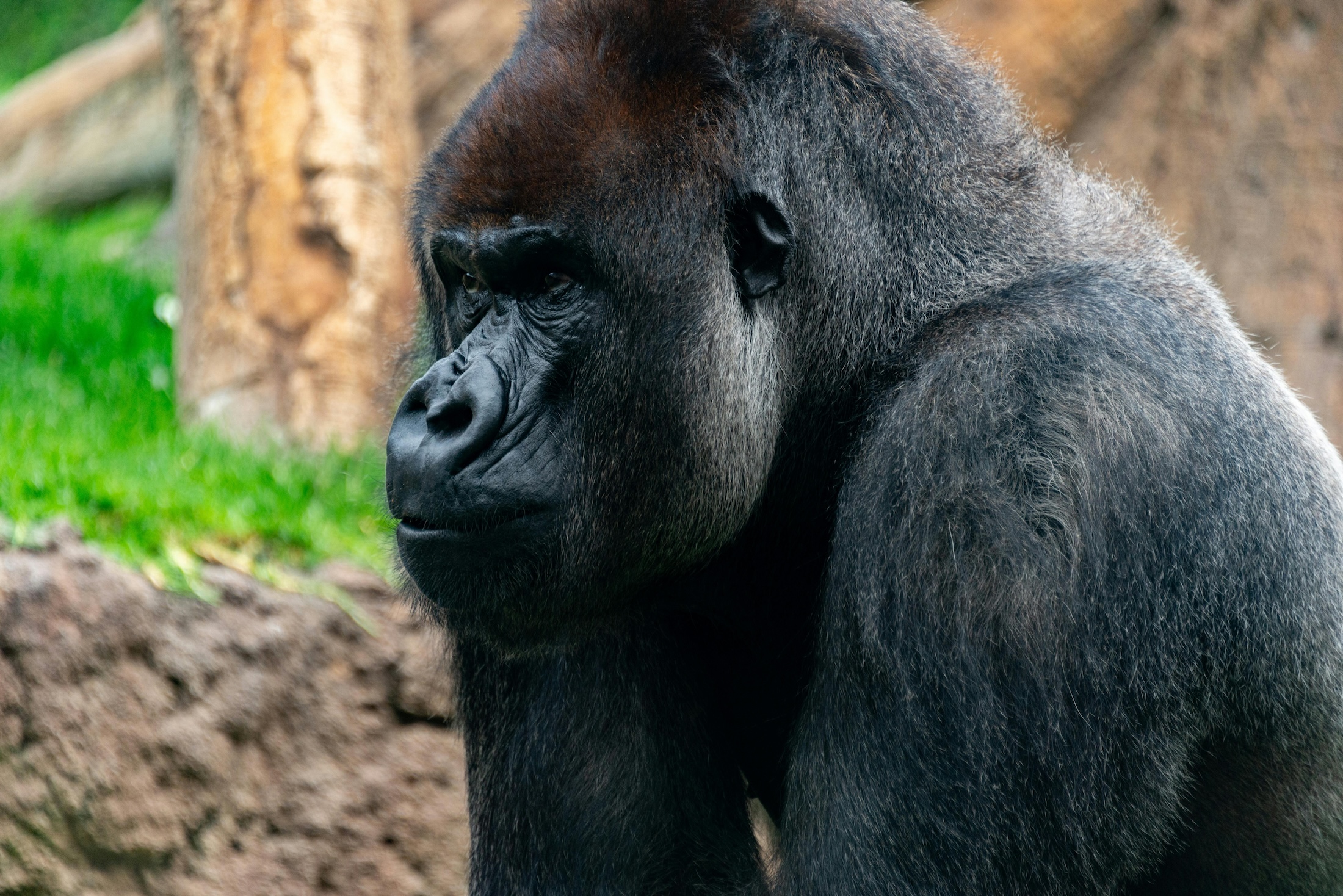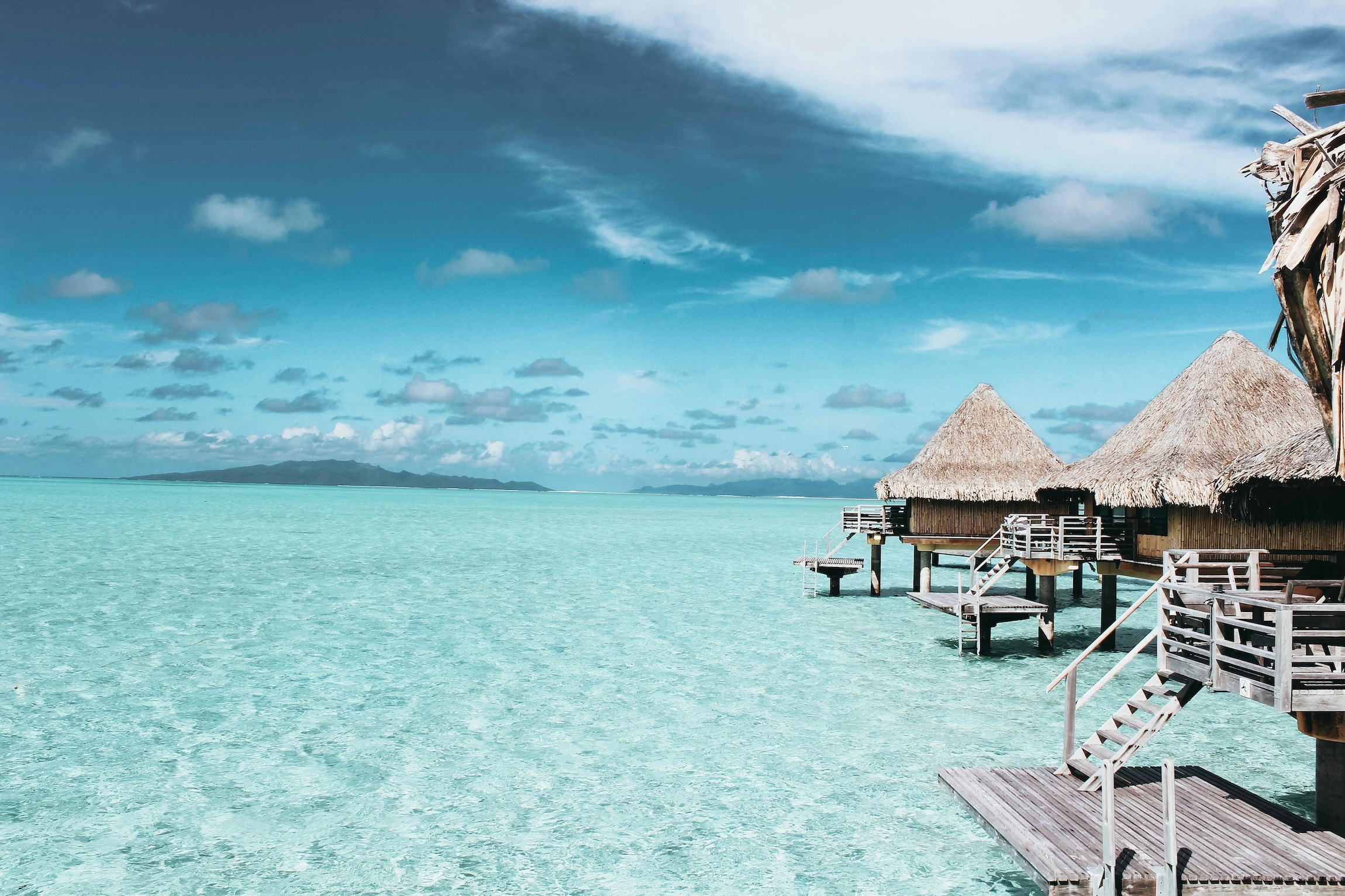NORTH STARS:
Energy Efficiency
Community Support
Heritage Value
“The focus isn’t – and shouldn’t be – on the tourist.”

From Madrid to Prague, overtourism is crowding cities around the planet. Courtesy of Pexels
Recently, I wrote about the success of Botswana’s low-volume, high-value tourism model. The tl;dr summary is that small-capacity properties – many with hefty pricetags – are effectively thwarting overtourism whilst bringing in enough revenue to fund conservation efforts and uplift local communities. It’s a model that’s hard to argue with, but downsides include economic leakage via foreign investments, and the inevitable exclusion of travelers who can’t afford to spend thousands of dollars per night to access nature’s most pristine regions.
The latter begs a question of what really constitutes “fair” in travel, and it’s one my editor and I have been kicking around for some time. As I noted in the Botswana piece, leisure travel in any form is already a massive privilege. There are millions of people around the world who will never see the Okavango Delta, let alone reach the top of Mt. Fuji or swirl a glass in Croatia’s winelands. Thailand’s beaches, Alaska’s glaciers, Norway’s fjords, and Argentina’s finest steaks are accessible, sure – as long as you’ve got a welcome passport and the financial means to take yourself from home to holiday. It’s not exactly fair, but it is our reality.
What Does “Fair” Really Mean?
Cambridge Dictionary defines fair as “treating someone in a way that is right or reasonable, or treating a group of people equally.” As stated in Article 7 in the Global Code of Ethics for Tourism (GCET) set forth by UN Tourism, “the prospect of direct and personal access to the discovery and enjoyment of the planet’s resources constitutes a right equally open to all the world’s inhabitants.”
So, if rights to access are present, and if access constitutes fairness from an ethical standpoint, does it make sense to criticize a destination for being too exclusive when the ability to travel depends almost entirely upon individual circumstance?
There are 10 of these articles in the GCET covering social, cultural, economic, and environmental factors with an overarching theme of doing right by people and places. While the aforementioned Article 7 considers the traveler, earlier Article 5 specifies that tourism should be a “beneficial activity for host countries and communities.” It says that local populations should be taken into account during development projects and share in the benefits generated by tourism, thereby raising the standard of living.
In an era when overtourism is a far-reaching concern – from cities like Barcelona to wilderness areas like Serengeti National Park – maybe the question of what’s fair and ethical for a traveler is less important than considering what’s fair and ethical for a locale and its people.

Main Building of Kibale Lodge. Courtesy of Volcanoes Safaris
A Tourism Strategy Should Look Inward
According to Sophie Ibbotson, a longtime tourism consultant at Maximum Exposure, governments certainly aren’t thinking from a traveler’s perspective while designing their tourism strategies.
“Tourism is a service export,” she explains, “and this means that the motives and priorities of a country are going to be very different from those of a tourist. Destinations are interested in maximizing the economic contributions to the country: job creation and hard currency. The focus isn’t – and shouldn’t be – on the tourist.”
It’s not that countries don’t want visitors to have a nice time, it’s just that governments aren’t worried about whether you or I can afford a $3,000 per night safari lodge – they’re interested in the benefits that come along with some people being able to afford those rates.
“It’s not possible for every country, but if you gave them a choice, most would go for a low-impact, high-value model of niche tourism over mass tourism,” says Ibbotson. “It’s better for the country – they get more out relative to what they put in, and there’s less negative impact on the environment and local communities. I can see very much why countries want to pursue that model. It’s lovely.”
It’s lovely for visitors, too. Destinations that aren’t overwhelmed with tourists tend to be quieter, easier to navigate, and more conducive to making meaningful connections with people and nature. It stands to reason that a premium tourism experience should cost more. After all, society seems to have collectively agreed that it’s fair to receive better food and more comfortable seating by paying extra to fly business class instead of economy, so what’s wrong with some destinations costing more than others?
The unfairness argument, I think, can come into play if the only means of access is out of reach for all but the wealthiest of travelers – and this is rare. If we stick with Botswana as our case study, yes, there are numerous high-end safari lodges that cost thousands of dollars per night – but those properties aren’t the only way to experience Botswana’s wilderness. Lower-cost options exist, and we can’t pull the ethics card simply because we might prefer (but lack the budget for) a posh suite and a private guide over a self-drive safari.
“For a tourist who can’t afford those kinds of experiences, it feels very unfair, but it comes down to asking what is the purpose of tourism, and who is the beneficiary? If you’re thinking about it in economic and development terms, the beneficiary is the country and the businesses, not the individual tourist,” Ibbotson reiterates.

Kibale Lodge in Uganda by Volcanoes Safaris. Courtesy of Volcanoes Safaris
The Conservation Equation
But there’s a balance to all of this. A destination must be mindful of its people when establishing tourism parameters, but if the goal is to attract visitors, conditions will need to be favorable for everyone involved – including the environment.
“We call it the ‘conservation equation’,” says Kevin James, COO of Volcanoes Safaris, an ecotourism company specializing in gorilla and chimpanzee safaris in Uganda and Rwanda. “You have these different parties – the guests, the habitats, the wildlife, the local communities – and yes, we want as many guests as possible to come and have this experience, but not with detrimental effects.”
Volcanoes Safaris works closely with the Indigenous communities near each of their properties. From providing on-the-job training to constructing a village for Batwa families displaced from their ancestral lands in what is now Mgahinga National Park, having a positive impact on communities and habitats alike has always been the company’s focus. And keeping that impact within a tight radius is the key to their conservation equation.
“We’re a small company working in a small, niche area of the safari industry, but we make an important impact in the areas we work. A smaller focus helps us make sure the positive impacts have an immediate effect, because our strong belief is that local people should be earning a tangible benefit – money, jobs – to be able to support themselves and their families. This is very important to us,” says James, adding that getting to know local cultures and traditions in a natural, non-contrived way often gets the strongest feedback from guests.
While similar in offerings, Rwanda and Uganda sit at different price points. Gorilla trekking permits cost $1,500 in Rwanda, with Uganda’s increasing from $700 to $800 for 2025, and each issue just 96 permits each day. Operating in both countries does mean that there is some price variation between Volcanoes Safaris properties (James says that the quality of lodge comfort and service is consistent across the brand) but the company doesn’t drive the price of the trekking permits or park fees – that’s on the park authorities. Those funds go towards critical conservation work, and the significant difference in permit pricing could very well sway a prospective traveler’s decision when choosing where to go.

Gorilla trekking in Rwanda and Uganda sit at different price points. Courtesy of Pexels
“Gorilla trekking is an expensive activity because of the limited permits. There are 1,100 mountain gorillas in existence, so the protection of these animals is paramount,” says James. “Balancing how many people can visit the gorillas and making sure the risk is managed to an acceptable level is very, very important. We believe tourism is an essential part of protecting the gorillas; it brings a huge amount of revenue to the governments. Parts of those fees are reinvested into local communities and conservation, and of course the permit fee supports the government of the country you’re visiting.”
Tourism is, after all, an economic sector. It’s terrific if we travelers can broaden our horizons, learn something new, and have fun along the way – but at the end of the day, it’s not about us. I’ll venture to conclude that it is not unethical, nor even unfair, for one destination to be more expensive than another. We have each other to look after and a planet to protect from ourselves. We also have capitalism.
“Remember that these are market-driven decisions,” says Ibbotson. “A safari camp is not going to charge $3,000 a night unless there are people who are able and willing to pay for it. They’ve identified their customer base and, yes, it’s a small base, but it’s a segment which is appropriate for their business model.”
Coming Up…
In part two of this piece, we’ll share actionable ways to travel mindfully – and ethically – at any budget, with further insights from industry experts. Stay tuned.

Summer Rylander is a freelance travel and science journalist covering positive-impact tourism and the conservation of our biodiverse planet. Follow Summer on IG @summeroutside.



